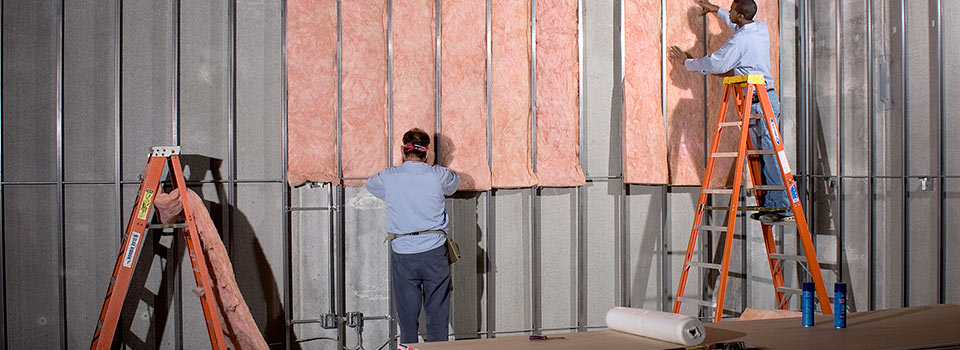Health & Safety Properties of Commercial Insulation

As you get ready to select commercial insulation for your project, you might be wondering about what properties you should look for as you shop. It’s important to have the right properties to provide the building you are insulating with everything it needs for years of reliable performance. Let’s take a look at some of the important health and safety properties to consider.
Making Air Quality a Priority
It’s easy to take something like air quality for granted – until the air you are breathing is no longer clean. You don’t want to wind up using an insulation which is going to make the air quality inside your building worse. Not only could poor air quality have negative health impacts, but it may also make it difficult for those inside to work productively. While there are a number of different elements that come together to determine the air quality inside your building, don’t underestimate the role that insulation can play. When trying to pick out the insulation type that you will use, be sure to keep this component in mind.
Avoiding a Fire
A building fire would be a disastrous event, of course, so you should be sure to pick insulation that is going to make such an outcome less likely. Using either fiber glass insulation or mineral wool insulation is a great way to go here, as they are noncombustible. You can compare that noncombustible nature to something like cellulose insulation, which is made up largely of combustible materials. This type of insulation is required to be treated with fire-retardant to reduce the risk associated with its use, but it is still recognized as a possible fire hazard.
Corroding of Pipes
Most likely, your insulation is going to come into contact with a variety of the elements that make your building run, such as pipes, fasteners, and more. You don’t want to have your insulation encourage the corrosion of those elements, as that could pose a number of potential risks. If you opt for fiber glass insulation, you’ll find that it is not corrosive and should get along just fine with pipes. The same can’t be said for cellulose insulation, as the fire retardant used to reduce that risk includes chemicals that may wind up adding to the risk of corrosion.
Dreaded Mold
No one wants to have mold develop in their building, as it can be a serious health risk for those inside the building on a regular basis. The main concerns here are organic material and moisture, as those are what mold requires in order to thrive. With fiber glass insulation, or spray foam insulation, you’ll be using inorganic materials that aren’t going to be providing food for mold to live and grow. That doesn’t mean that mold couldn’t grow in the area with the help of other organic materials, but the insulation itself will not be feeding the growth. With cellulose, which is made from organic material, you would have an insulation that could provide food to the mold, although chemical treatments can help reduce this risk.
